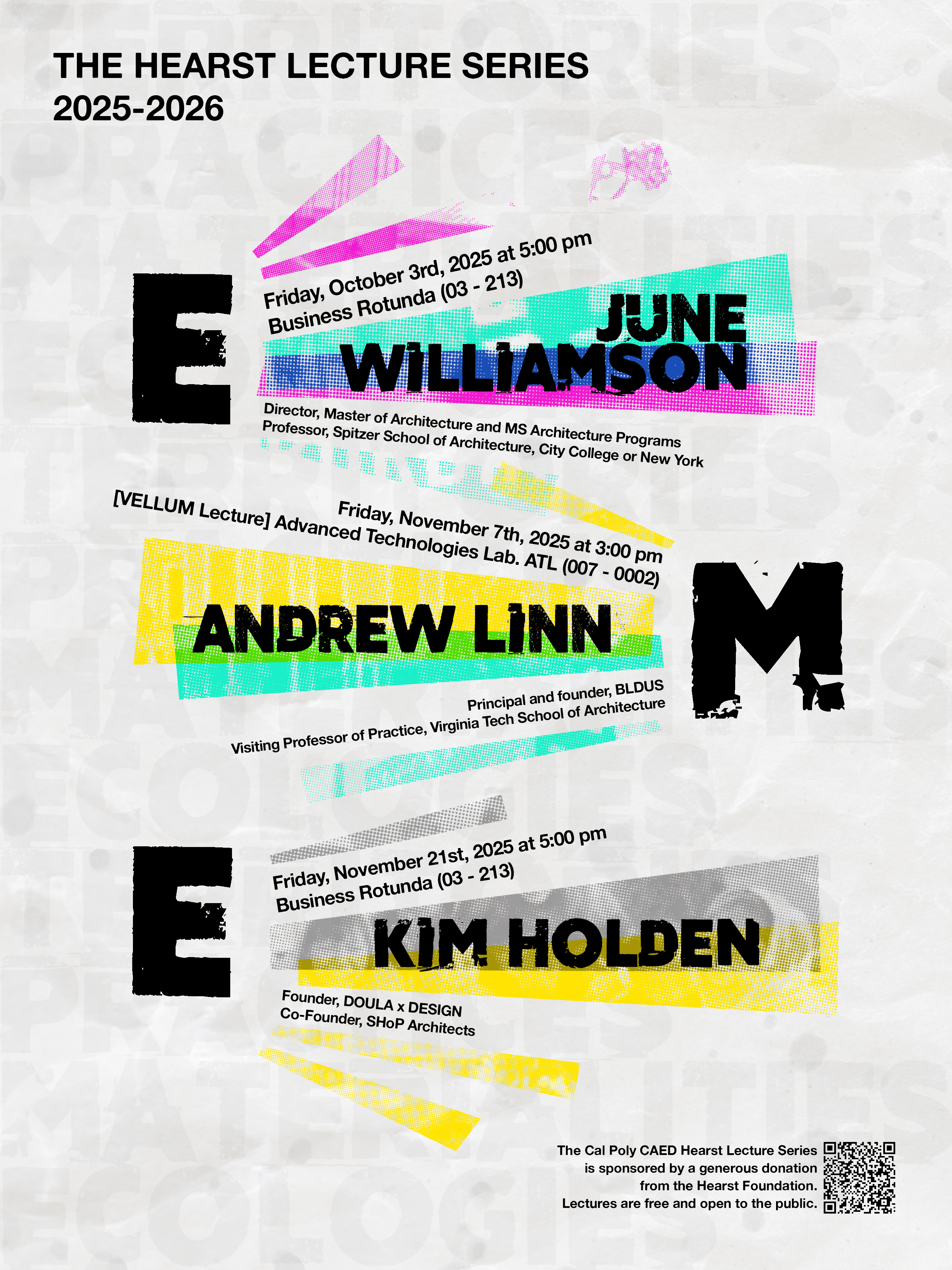CAED Architecture student and 2016 graduate receives the "Student Cote Top Ten Award" from the AIA
In order to prepare today’s architecture students for the rapidly changing world, the American Institute of Architects Committee on the Environment (AIA COTE) partnered with the Association of Collegiate Schools of Architecture (ACSA) to host the second annual AIA COTE Top Ten for Students. This competition awards ten studio projects that integrate ten measures of design:

- Design and Innovation
- regional/community design
- land use and site ecology
- bioclimatic design
- light and air
- water cycle
- energy flows and energy future
- materials and construction
- long life, loose fit
- collective wisdom and feedback loops

Out of over 600 participants from over 35 different universities, the College of Architecture and Environmental Design is proud to congratulate Karin Bjorkman, a CAED Architecture student and 2016 graduate, in receiving the "Student Cote Top Ten Award" from the AIA Committee on the Environment 2016-2017 Student Design Competition!
The colors are beautiful and convey the delight of sustainable design.— Juror Comments
CAED is proud to announce that Karin's faculty sponsors were Daniel Wiens, of Journeyman International, and Sandy Stannard of Cal Poly.
Karin's submission was a Residential School in Andhra Pradesh, located on the eastern coastal region of India. For the children born in the rural areas of India, life does not seem to present many options. High incidence of child labor, low quality of education, and public disinterest create unsupportive conditions. A residential primary school offers these young minds a quality education and a refuge from child labor, while seeking to maintain in them a passion for their local identity rather than spurring them to participate in urban migration.
Sustainable measures such as deep overhangs, natural ventilation, outdoor living, and locally sourced materials have been used in rural environments for centuries. Therefore, the main goal of this rural school campus was the curation of, and expansion upon, these techniques. Rather than designing in the belief that a new system should work, the designer proved the hypothesis and improved the design by determining at which angles to pivot the brick and how far apart to space color elements in order to generate a wall that will actually stand. The quantity of hands-on investment put into this project resulted in a project that is not state of the art, but that artfully re-crafts the existing state of things as they are.
To learn more about Karin's residential project and the COTE Competition or visit the Association of Collegiate Schools of Architecture website.



